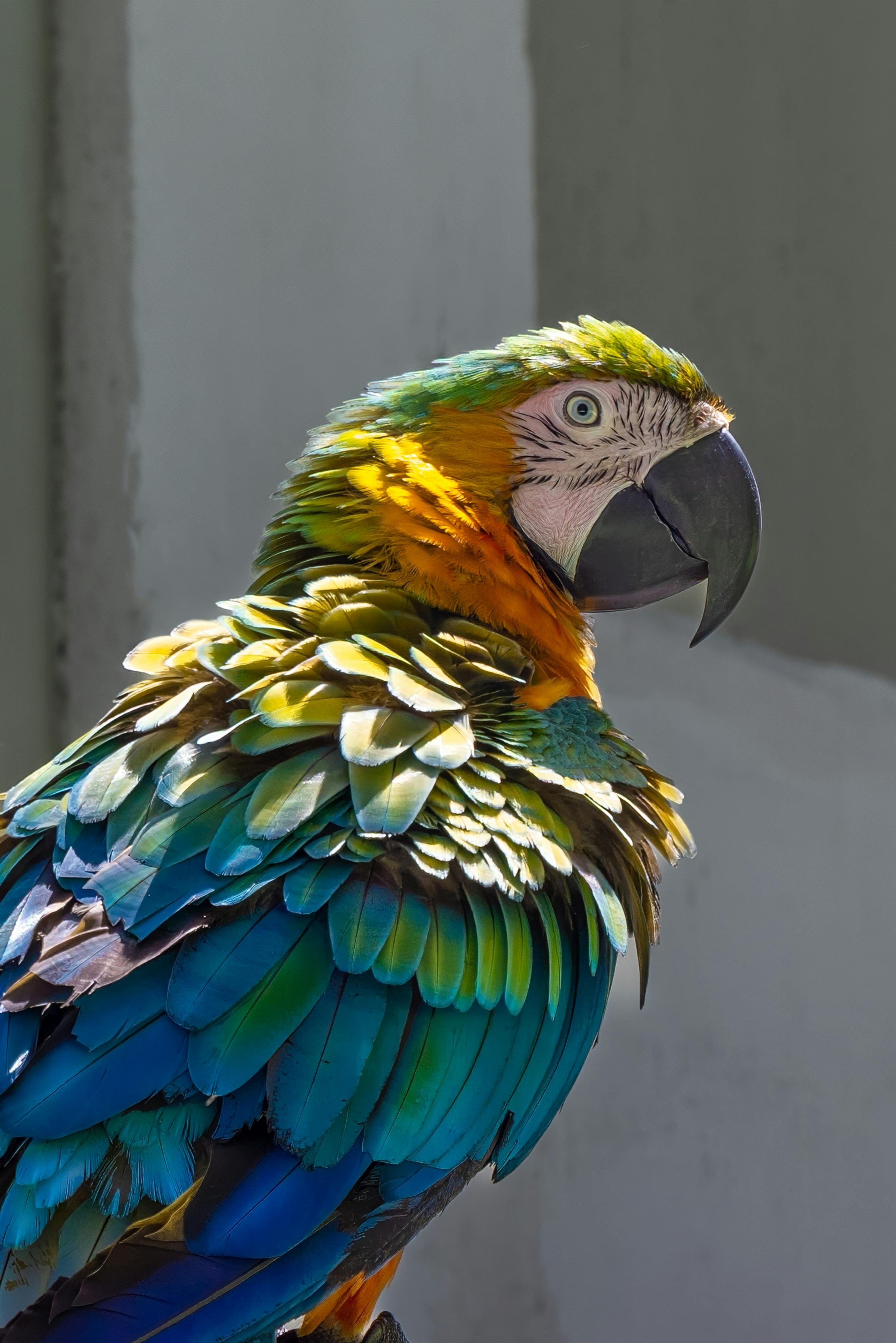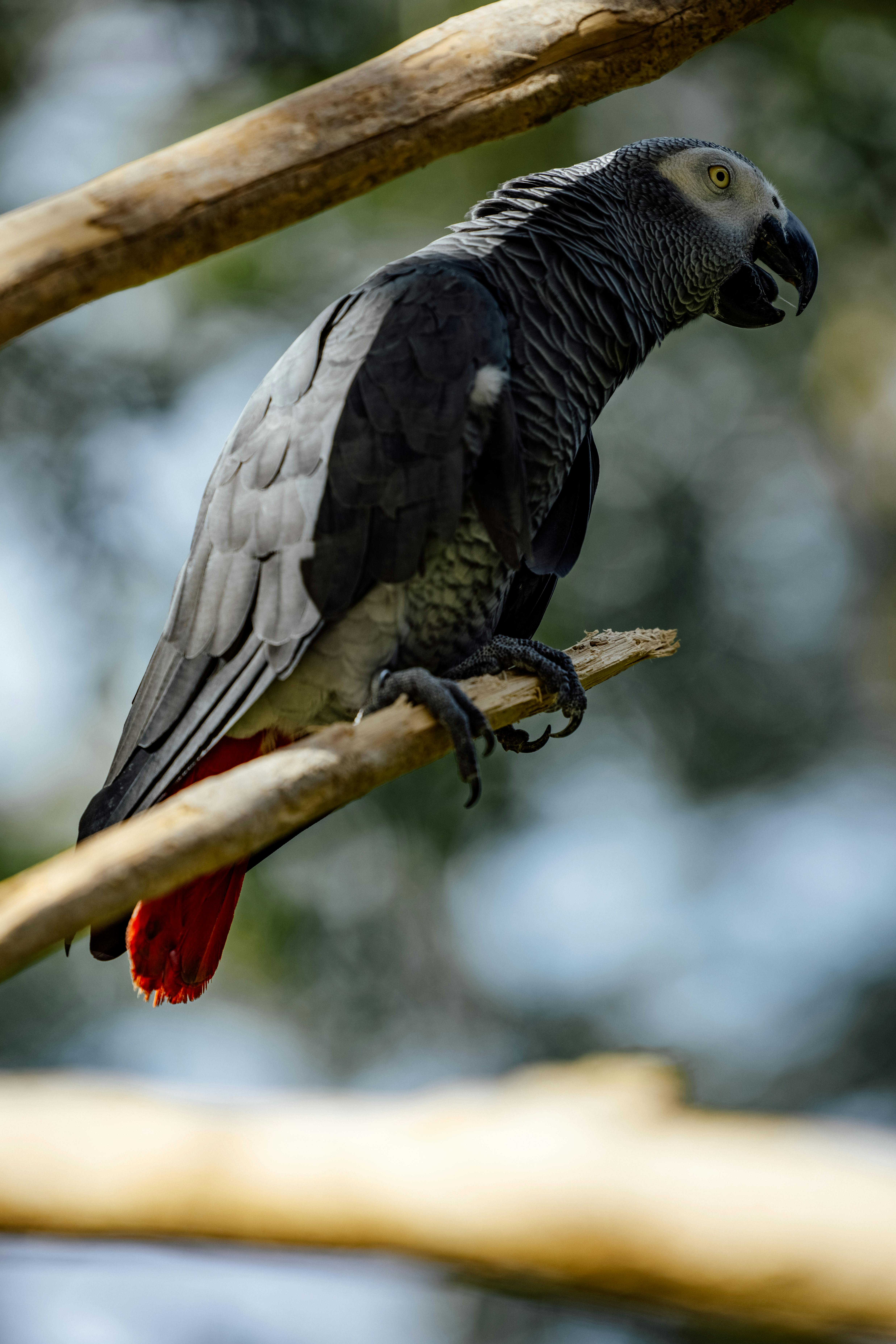Top 5 Facts About Hamsters: Discover Their Natural Habitats in 2025!

Top 5 Fascinating Facts About Where Hamsters Come From: Uncover Their Natural Habitats
Hamsters have become beloved pets around the world, known for their playful behavior and adorable appearance. But have you ever wondered about the origins of these charming creatures? This article explores the hamsters' origins, examining their native habitats and behaviors in the wild. Understanding where hamsters come from can enhance their care and help pet owners to replicate aspects of their natural environment at home. We’ll dive into the habitat preference of different hamster breeds, including the popular Syrian hamsters and dwarf hamsters. We’ll also discuss the importance of providing a suitable habitat in captivity that allows for natural behaviors and health. By the end of this article, you will have a deeper understanding of these fascinating animals and practical tips for caring for them as pets.
Essential Insights into Hamster Origins and Habitat
Understanding the Historical Background
Hamsters are small rodents belonging to the family Cricetidae, largely found in Europe, Asia, and the Middle East. The first wild hamsters were identified in the late 18th century, leading to their introduction as pets. The scientific classification of hamsters includes various species, with the most recognized being the golden hamsters, originating from Syria. These hamsters became popular in the pet trade during the 1940s and remain a favorite due to their docile nature.
Habitats of Wild Hamsters
Wild hamsters predominantly inhabit dry and arid regions, such as deserts and grasslands. Their burrowing behavior allows them to create complex tunnel systems underground, which serve as protection from predators and harsh weather. The most common native habitat of hamsters includes loose soil or sandy grounds that facilitate easy digging. An understanding of these environments is important for those who aim to simulate their surroundings in a domestic setting.
The Ecological Role of Hamsters
In the wild, hamsters play an essential role in their ecosystem. As wild rodent species, they contribute to soil aeration and seed dispersal. Their foraging behaviors help maintain plant health, and their burrows create habitats for other small animals. Understanding the hamsters' ecological role underscores their importance within the environment, contributing to biodiversity and ecological balance.
Distinct Breeds and Their Habitats
Different types of hamsters have adapted to various habitats. For example, Syrian hamsters prefer warm and dry places, while dwarf hamsters are usually found in colder climates with more varied soil types. Each breed has unique habitat needs that should be taken into consideration when caring for pet hamsters. Ensuring that your pet's environment mimics their natural habitat can lead to healthier and happier animals.
Hamsters’ Natural Behaviors and Environment
Understanding hamsters and their environment is crucial for effective pet care. In the wild, hamsters exhibit behaviors such as hoarding food, burrowing, and socializing, which are pivotal for their survival. Replicating these behaviors in captivity—like providing them with toys, exercise wheels, and safe spaces for digging—can significantly enhance their well-being. For pet owners, creating an engaging environment that promotes natural hamsters' natural behavior is essential for their health and happiness.
How to Care for Hamsters by Mimicking Their Natural Environment
Setting Up Suitable Housing for Pet Hamsters
To provide adequate care for your pet hamsters, replicating their natural habitats in their cages is crucial. Ensure that the housing for your pets includes adequate space for burrowing, exercise equipment, and materials that promote natural behaviors. Experts recommend using natural substrates like aspen shavings, which mimic their native soil.
Understanding Hamster Needs for a Happy Life
Meeting the environmental and physical needs of your hamsters requires knowledge of their dietary preferences and social behaviors. For instance, ensuring access to hamster-safe fruits and proper types of hamster food aids their nutrition and encourages natural foraging behaviors. Pet owners should also be mindful of providing hamster accessories such as chew toys and tunnels for enrichment.
Ensuring Proper Health Care for Hamsters
Regular health care is vital for pet hamsters. Observing them for signs of common hamster diseases can prevent serious health issues. Having a finding a hamster vet established ensures that your pets receive timely medical attention. Additionally, scheduling regular hamster health checks can help monitor their well-being effectively.
Maintaining a Stimulating Environment
Creating an engaging habitat involves regular enrichment and opportunities for exercise. Pet care for hamsters should include daily playtime outside of their cage in a safe environment where they can explore. This not only satisfies their physical needs but also improves their mental stimulation, promoting a healthier lifestyle.
The Significance of Socialization with Hamsters
Socialization plays a critical role in hamster care. While some breeds are solitary, others thrive in companionship. Understanding their social structures allows owners to decide the best way to introduce new hamsters. Fostering a strong bond with your pet can lead to extensive benefits, including increased trust and reduced stress for both the owner and the hamster.
Conclusion: The Importance of Understanding Hamsters’ Natural Behaviors
Deepening your understanding of hamsters and their natural habitats can profoundly impact their care as pets. Ensuring that you provide an environment that mimics their native surroundings enhances their health and well-being. With the proper setup, dietary choices, and socialization practices, you will become a more responsible hamster owner, fostering a joyful and enriching life for your furry companion.

To learn more about hamster care essentials, check out our detailed guides on pet hamsters and popular hamster breeds.